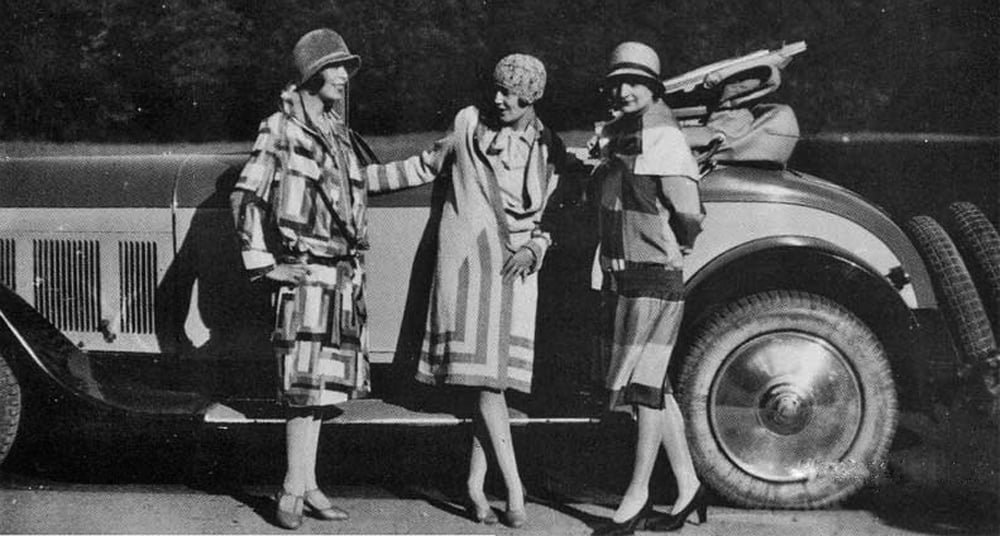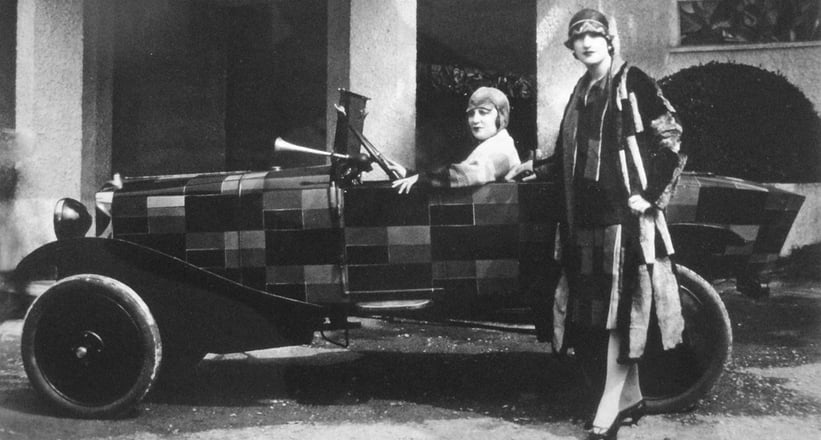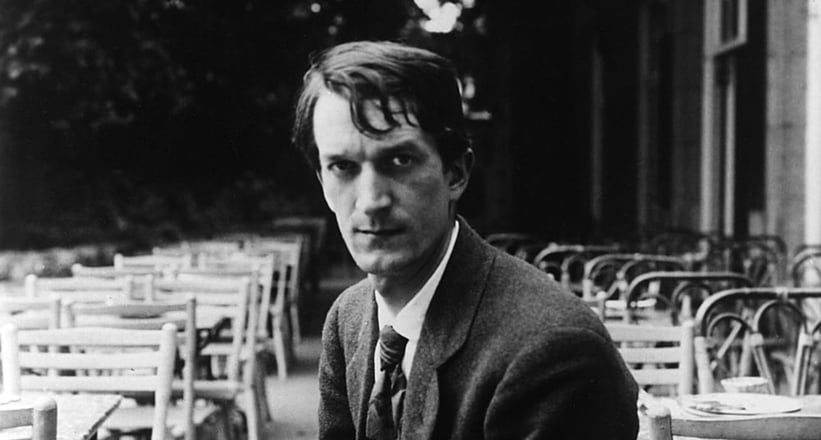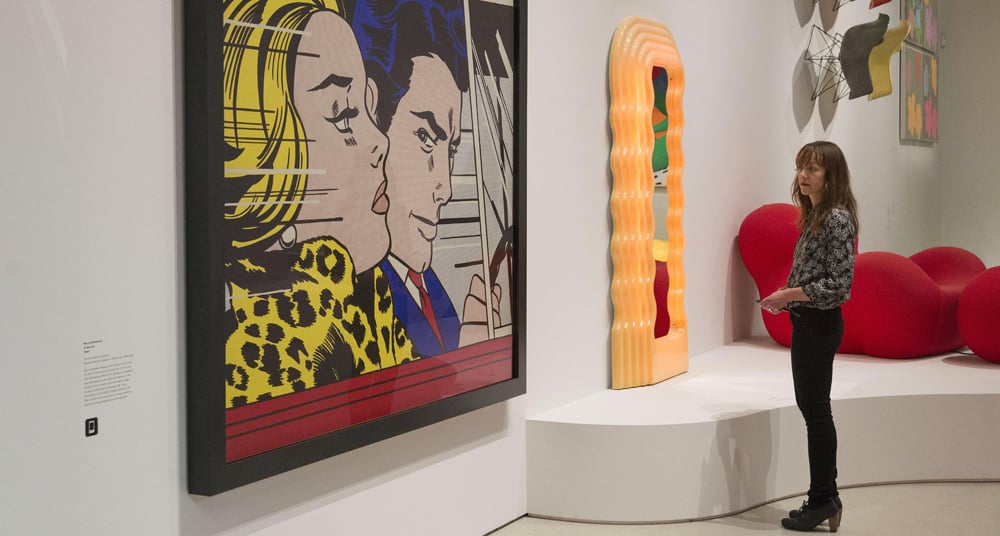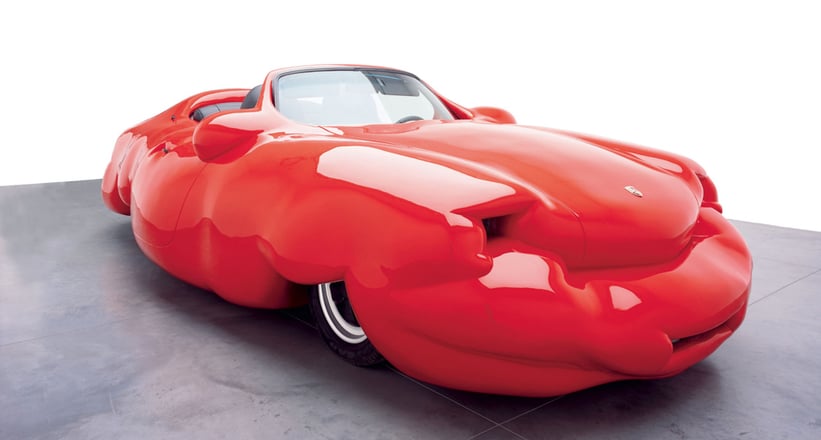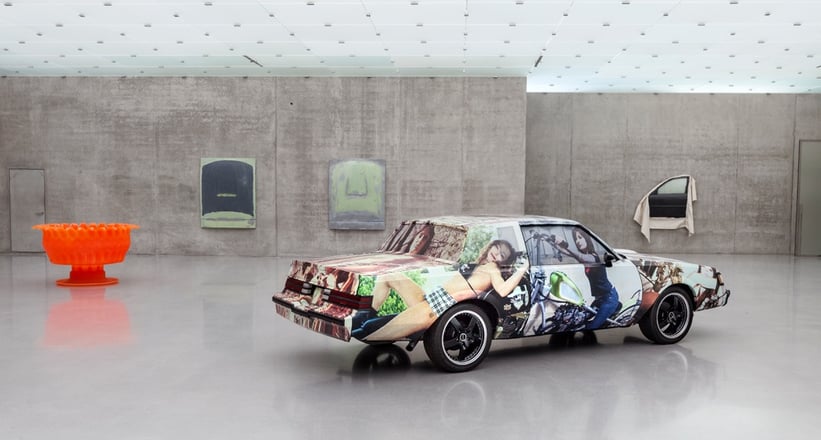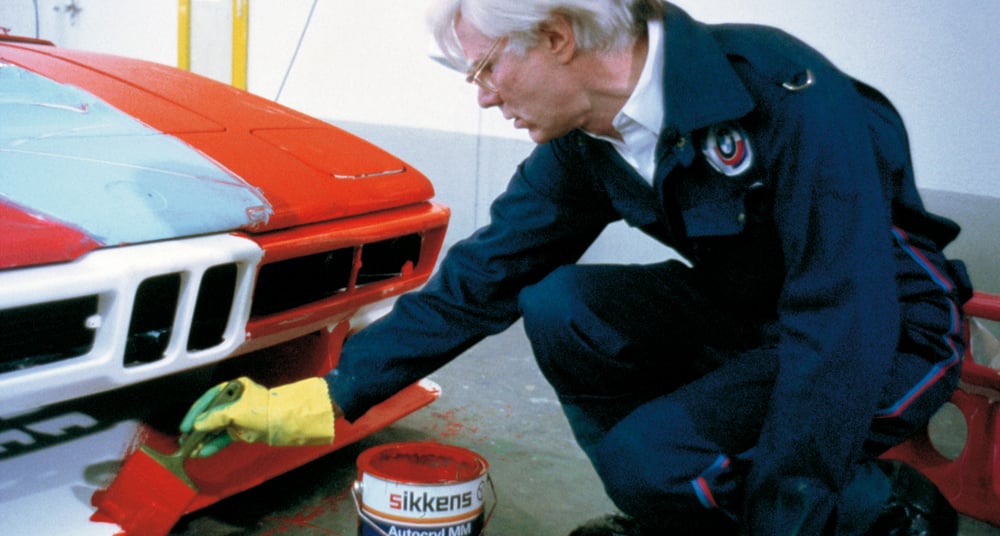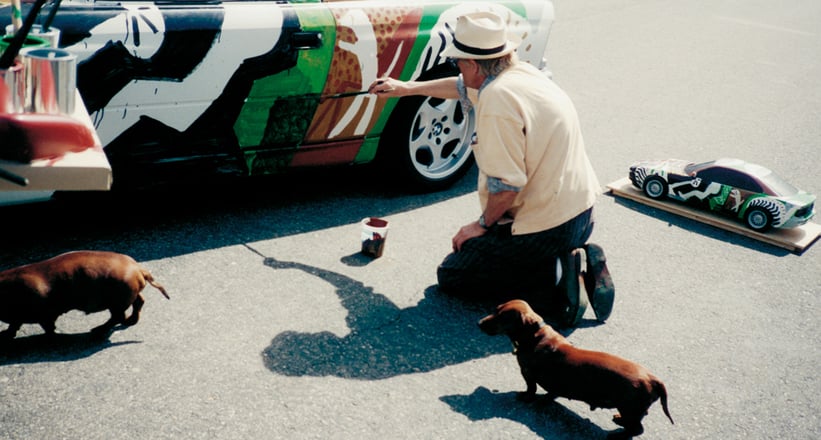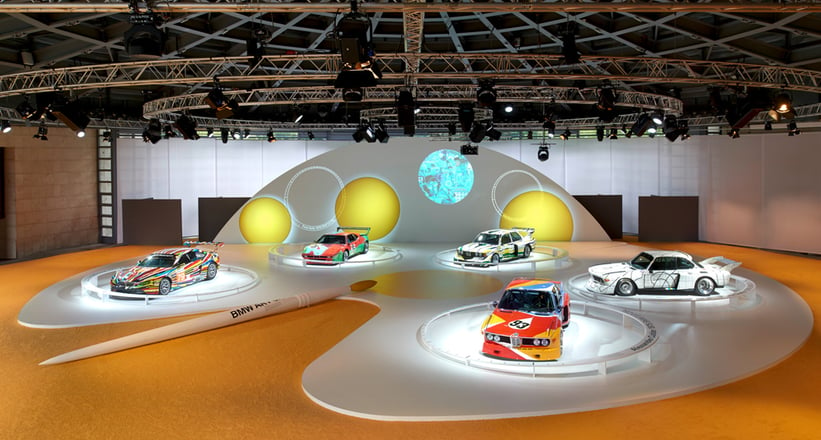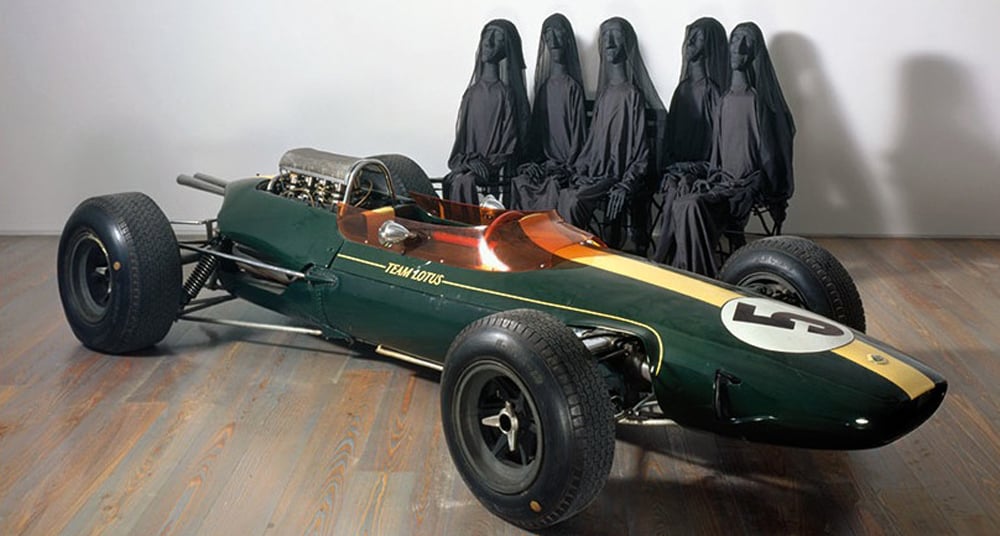par Laurent Mercier (Endurance-Info.com)
En lançant l’évènement Ultracar, Stéphane Ratel s’est lancé dans une niche qui fait la part belle aux autos exotiques. Lorsque le patron de SRO Motorsports Group a annoncé cette nouvelle série, il nous avait confié que tout mettrait se mettre en place petit à petit et qu’il ne fallait spécialement s’attendre à avoir beaucoup de voitures lors du premier rendez-vous. Sauf que le coup d’essai s’est déjà transformé en coup de maître. Imaginez un peu : un plateau de 16 hypercars toutes aussi exclusives les unes que les autres. Entre Lamborghini Veneno Coupé et Roadster, LaFerrarii, Ferrari 599XX, McLaren P1, McLaren P1 GTR, Aston Martin One-77, Pagani Zonda et Huayra, Gumpert Apollo et autres Bugatti Veyron, les spectateurs du Paul Ricard s’en sont mis plein les yeux.
A l’heure où le commun des mortels n’est plus capable de faire la différence entre une Ferrari 458 GTE et une 458 Italia GT3, une McLaren P1 GTR aux couleurs Harrods n’a rien d’une Bugatti Veyron. Il est là le coup de génie ou comment mettre sur la piste des autos qui font rêver. En France, il est interdit de réussir, interdit d’entreprendre, interdit d’avoir de l’argent et interdit d’avoir une belle voiture. Les propriétaires de ces hypercars n’ont pas réfléchi une seconde à faire le déplacement sous le soleil du Paul Ricard.
Le meeting Blancpain Endurance Series a permis de réunir 60 GT3 sans oublier la vingtaine de GT du GT Sports Club et le plateau garni du Lamborghini Blancpain Super Trofeo, le tout pour plus de 50 millions d’euros.
Avec le Ultracar Sports Club, pas de vraies courses, juste un roulage sur piste en toute sécurité. Les autos que vous avez l’habitude de voir en statique sur le stand d’un salon de l’auto, vous pouvez les voir en action. Bien sûr, on aurait aimé voir ces monstrueuses autos sur un vrai championnat. Imaginez un Championnat du Monde GT1 regroupant ces GT bodybuildées. Ne rêvons pas mais ne boudons pas notre plaisir de contempler par exemple une McLaren P1. Tous les propriétaires se sont gentiment prêtés au jeu des photos avec un public venu en masse. Pas de jalousie dans le regard des photographes mais de la passion et des yeux qui pétillaient.
On ne peut plus rouler sur les routes, alors messieurs sortez vos GT et rejoignez le Ultracar Sports Club. En plus de vous faire plaisir, vous ferez plaisir…
“On supporte du mieux que l’on peut SRO dans l’Ultracar Sports Club” nous a confié Giorgio Sanna, en charge de Squadra Corse, le service compétition de Lamborghini. “Ces autos sont faites pour rouler et c’est pour nous un plaisir de montrer la Veneno au public. Ce type d’évènement manquait dans le paysage automobile.”
Il est aussi là l’avenir du sport automobile en ouvrant de nouveaux marchés. Toutes les Veneno sont vendues mais combien pourra-t-on en voir de près ? A 3,3 millions d’euros, pas sûr que les propriétaires se risquent à aller sur les départementales. Oui il y a encore un avenir pour des GT qui valent des sommes folles.
Lamborghini a bien voulu nous prêter une Huracan d’un vert pour le moins flashy durant tout l’après-midi du dimanche afin d’aller limer le bitume des petites routes varoises, de Bandol à La Ciotat en passant par Cassis. Il ne s’est pas passé 1km sans un signe de la main, une photo, un sourire ou je ne sais quoi encore. A l’arrêt, les questions fusent : “on peut regarder l’intérieur ? c’est quoi la puissance ? Vous avez une belle voiture.” Malheureusement, cette Huracan n’était pas la notre. Avec plus de 250 000 personnes aux 24 Heures du Mans et des regards qui se détournent au passage d’une GT, non l’automobile de rêve n’est pas morte.
Pour en revenir à l’Ultracar Sports Club, on espère que le rassemblement va se développer au fil du temps. Stéphane Ratel en avait rêvé, il l’a fait…



